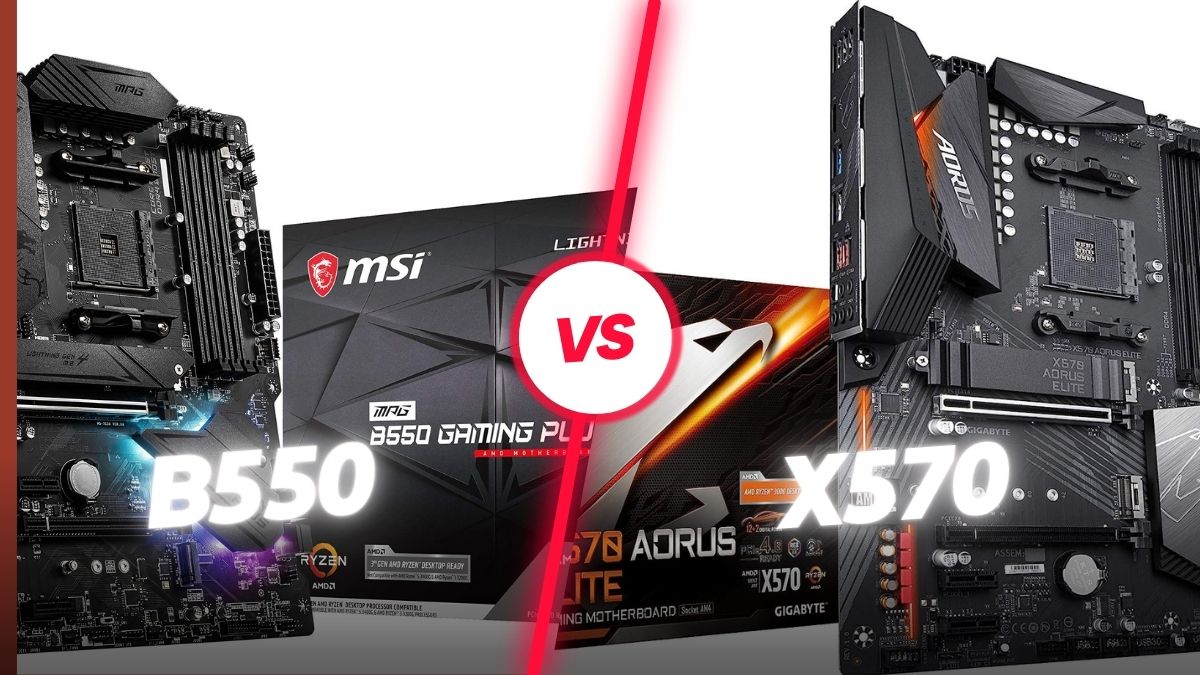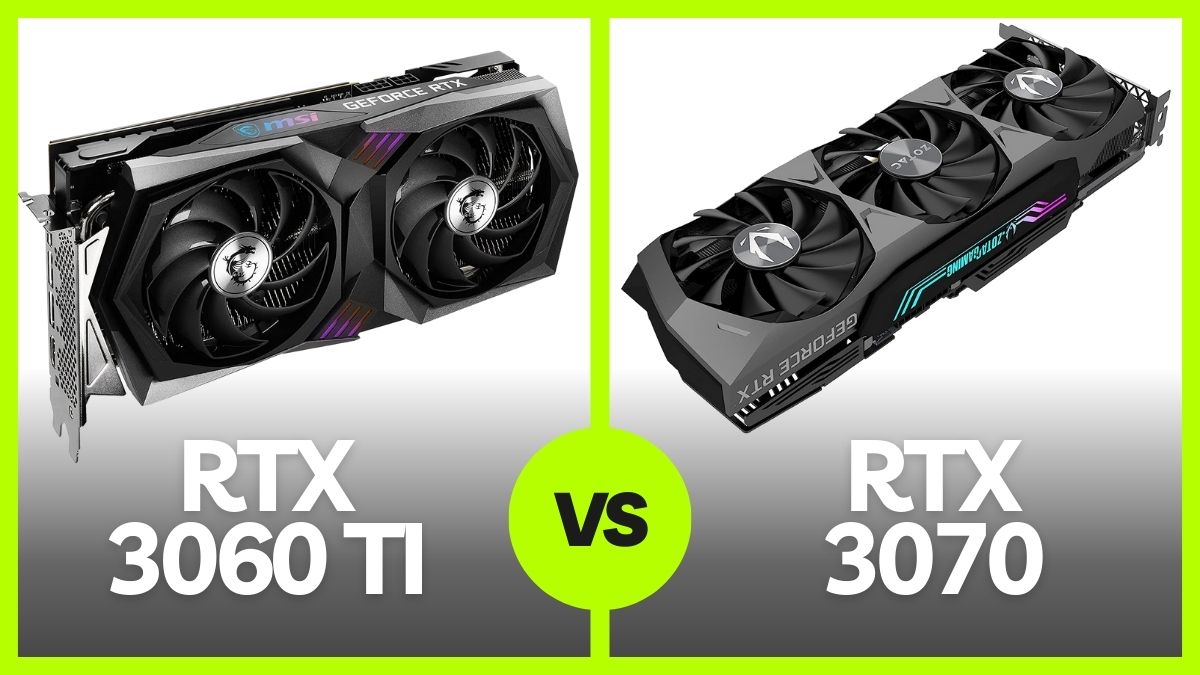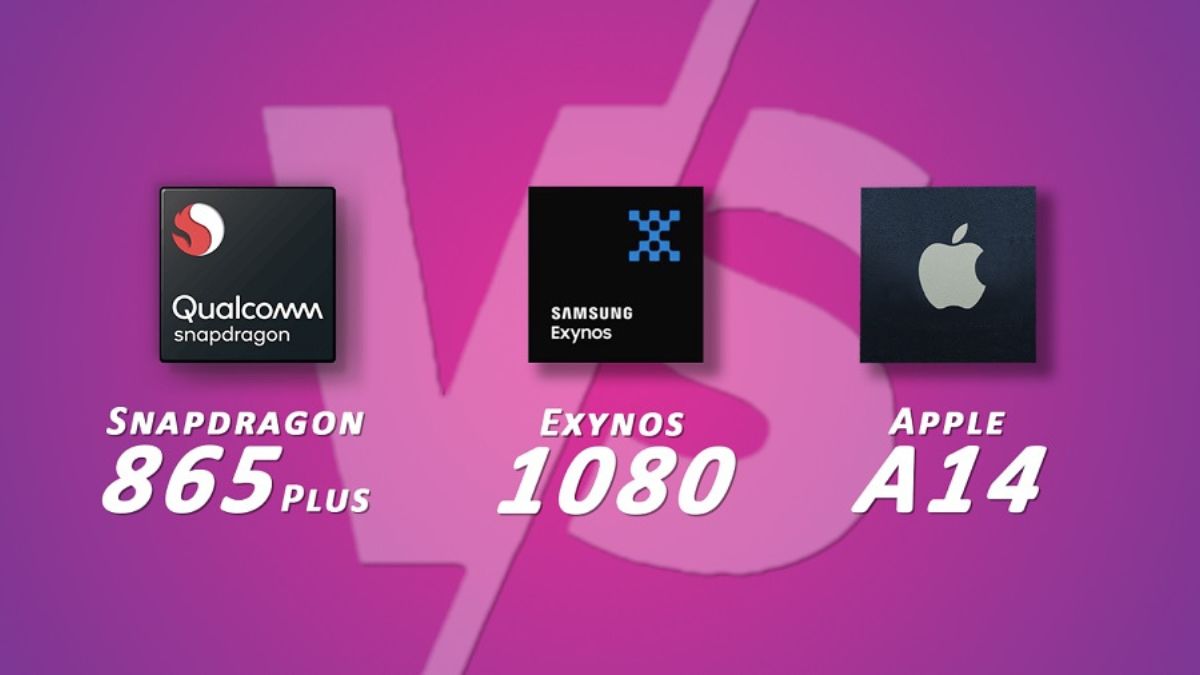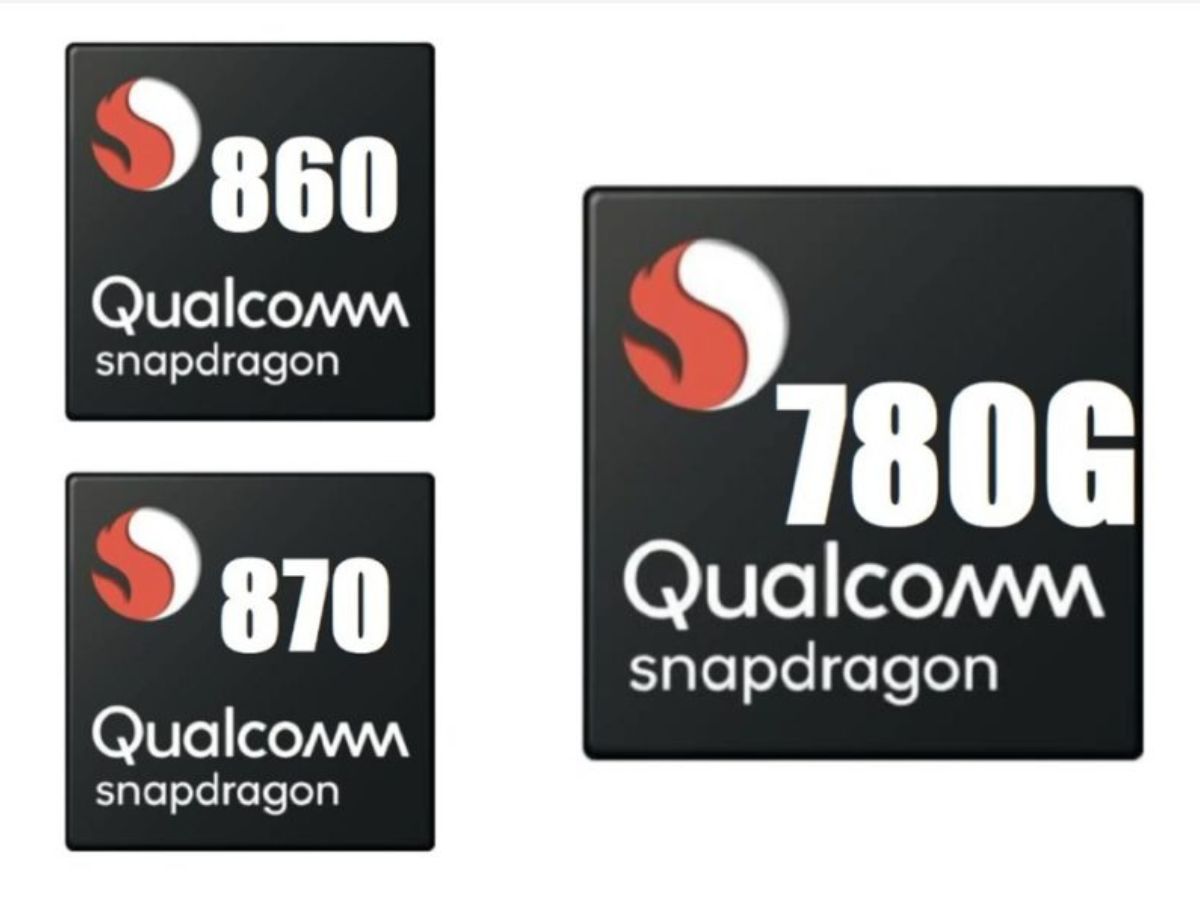
The world of laptop GPUs has seen remarkable advancements with Nvidia’s RTX series, each iteration pushing the boundaries of performance, efficiency, and innovation. The Nvidia RTX 3080, introduced in September 2020, sent shockwaves through the industry with its potent blend of performance and capabilities. It swiftly became a favorite among gamers and creators alike, catering to those who demanded nothing short of excellence. Fast forward to November 2022, Nvidia introduced the next generation RTX 40 series along with the Nvidia RTX 4070, which was a perfect placement between power and efficiency.
As a newer entrant, the RTX 4070 sought to redefine performance expectations while incorporating the latest architectural improvements. This release exemplified Nvidia’s dedication to refining and enhancing the intricate components that power their GPUs. Beyond the raw specifications, these GPUs represent more than just hardware. They embody Nvidia’s vision of what laptop graphics can achieve, shaping the way we engage with virtual worlds, design spaces, and digital artistry.
As we delve into the finer details of their features, performance, and efficiency, it’s important to recognize that the RTX 3080 and RTX 4070 aren’t mere components, but rather integral parts of a narrative that drives the evolution of mobile computing. Each one tells a story of progress, innovation, and the unending pursuit of excellence in the realm of graphics technology. Without any further delay, let’s get started fine comparison between the Nvidia RTX 3080 vs the RTX 4070 laptop edition!
What are the differences between Nvidia Mobile vs Nvidia Desktop?
Before moving further, we need to know the key differences between Nvidia Laptop GPUs vs Desktop GPUs. So, it would be easy to know about their performance and efficiency. As the name suggests, Nvidia Mobiles GPUs are designed for laptops, while desktop GPUs align with desktops. Needless to say, Nvidia stands at the forefront, offering a range of powerful solutions to cater to both laptop and desktop users.
Whether it’s for gaming, content creation, or professional work, Nvidia’s GPUs are integral components that shape our digital experiences. However, there are significant distinctions between laptop and desktop edition GPUs, each tailored to the unique demands and constraints of their respective platforms.
Performance-wise, Desktop GPUs typically boast larger form factors, allowing for more robust cooling solutions and higher power delivery. This often translates to higher clock speeds, more CUDA cores, and greater VRAM capacity. As a result, desktop GPUs tend to outperform their laptop counterparts in raw computational power. Laptop GPUs, on the other hand, are designed with power efficiency in mind due to the limited thermal and power constraints of laptops. These GPUs often employ technologies like Max-Q design, which focuses on optimizing power usage and thermal management, albeit at the expense of some performance.
One of the most apparent distinctions between laptop and desktop GPUs is the form factor. Desktop GPUs are large and bulky, allowing for more extensive and efficient cooling solutions. This enables desktop GPUs to sustain high levels of performance over extended periods without overheating. Laptop GPUs, however, must contend with limited space within the confines of a laptop chassis. As a result, laptop GPUs tend to be more compact and power-efficient.
Overall, Nvidia (Mobile) GPUs are more portable and power efficiant, while Nvidia Desktop GPUs are extremely power-hungry, but tend to offer seamless performance at the cost of bulky design and additional power consumption. In this article, we will compare the Nvidia RTX 3080 (Mobile) vs RTX 4070 (Mobile) based on their performance, power efficiency, pricing, and other features. So, don’t confuse it with their desktop edition.
Nvidia RTX 3080 (Mobile) vs RTX 4070 (Mobile) – Detailed Comparison
| Specification | RTX 3080 (Laptop) | RTX 4070 (Laptop) |
|---|---|---|
| Series | RTX 30 | RTX 40 |
| Launch Date | September 17, 2020 | November 16, 2022 |
| Nvidia CUDA Cores | 6144 | 4608 |
| Boost Clock | 1245 – 1710 MHz | 1230 – 2175 MHz |
| Processing Node | 8nm | 4nm |
| TGP | 80 – 150 W | 35 – 115 W |
| GPU Memory (VRAM) | 8GB/16GB GDDR6 | 8GB GDDR6 |
| Memory Interface Width | 256-bit | 128-bit |
| Ray Tracing Cores | 2nd generation | 3rd generation |
| Tensor Cores | 3rd generation | 4th generation |
| Nvidia Architecture | Ampere | Ada Lovelace |
| Nvidia Encoder | 7th generation | 8th generation |
| Nvidia Decoder | 5th generation | 5th generation |
| DLSS | Yes | Yes |
| Reflex | Yes | Yes |
| VR Ready | Yes | Yes |
| Dynamic Boost | Yes | Yes |
| PCI Express Gen 4 | Yes | Yes |
| DisplayPort | 1.4a | 1.4a |
| HDMI | 2.1 | 2.1a |
| G-SYNC | Yes | Yes |
| Nvidia GPU Boost | Yes | Yes |
| DirectX 12 Ultimate | Yes | Yes |
| Video Recording | 4K 120Hz HDR, 8K 60Hz HDR | 4K 240Hz HDR, 8K 60Hz HDR |
Gaming Performance
When comparing the gaming performance of the RTX 3080 and RTX 4070, it’s evident that both GPUs offer significant capabilities. The RTX 3080’s higher CUDA core count and wider memory interface width grant it an advantage in handling demanding gaming scenarios, particularly at 4K resolutions. Its 16GB VRAM variant provides even more headroom for handling complex textures and assets.

On the other hand, the RTX 4070, despite its reduced CUDA core count and memory interface width, showcases advancements in architecture and technology. Its higher boost clock and refined Ray Tracing Cores contribute to improved rendering and visual quality. While it might not excel at native 4K gaming to the same extent as the RTX 3080, its emphasis on power efficiency and ability to deliver excellent 1440p experiences make it an appealing choice for users who prioritize a balance between performance and mobility.
Both the Nvidia RTX 3080 and RTX 4070 bring substantial gaming performance to the table, each with its unique strengths. The RTX 3080 is a powerhouse that thrives in the realm of 4K gaming, leveraging its robust CUDA core count and VRAM options to deliver exceptional visual quality. The RTX 4070, while not quite as focused on 4K gaming, offers a refined architecture, enhanced Ray Tracing capabilities, and power efficiency that cater to users seeking solid gaming experiences on the go.
Ultimately, the choice between the two GPUs hinges on your gaming preferences and priorities. If you’re chasing uncompromising 4K gaming and immersive visuals, the RTX 3080 might be your weapon of choice. If you value a blend of performance and efficiency for high-quality 1440p gaming, the RTX 4070 could be the ideal match. In this battle of gaming behemoths, both GPUs are champions in their own right, catering to a diverse spectrum of gamers’ desires.
Power Efficiency
Power efficiency has become a defining factor in the design and performance of modern GPUs, with manufacturers striving to strike a balance between raw power and energy conservation. Nvidia, a leader in graphics technology, has continuously refined its GPUs to optimize power usage while delivering impressive performance.
Starting with Nvidia RTX 3080, part of the RTX 30 series, entered the scene with the promise of pushing gaming and computational boundaries. With 6144 CUDA cores and a boost clock range of 1245 to 1710 MHz, it offered unparalleled performance potential. However, power efficiency was a key consideration as well, given the thermal and energy limitations of laptops.
Manufactured using an 8nm Processing Node, the RTX 3080 embodies the delicate art of balancing power and performance. Its Total Graphics Power (TGP) ranges from 80 to 150 watts, allowing laptops to adapt their power consumption based on their cooling capabilities and user requirements. The architecture of the GPU optimizes power usage, ensuring that computational tasks are performed efficiently while minimizing wastage.
Furthermore, the Nvidia RTX 4070 aimed to further advance the concept of power efficiency. While still offering impressive performance with 4608 CUDA cores and a boost clock ranging from 1230 to 2175 MHz, the RTX 4070 boasts a more efficient architecture. One of the standout features of the RTX 4070 is its utilization of a 4nm Processing Node. This represents a significant leap in manufacturing technology, allowing for increased power efficiency due to the smaller transistor size and improved thermal characteristics.
Moreover, the RTX 4070 continues to utilize Dynamic Boost technology, optimizing power allocation between the CPU and GPU. This results in smoother operation and improved power utilization, further contributing to overall energy efficiency. Overall, the Nvidia RTX 4070 is a clear winner as far as power efficiency is concerned. It is a very well-balanced GPU without consuming too much power. Meanwhile, RTX 3080 takes more power because of more cores and less efficient 8nm technology.
Connectivity
Connectivity is another major point where both GPUs perform really well. However, there is no major concern, but still, there are small changes where RTX 4070 takes the lead. Comparing the Nvidia RTX 3080 and the RTX 4070 reveals distinct connectivity features tailored to modern computing demands.
Both GPUs offer compatibility with DisplayPort 1.4a and HDMI 2.1 interfaces, facilitating connections to high-resolution displays with the potential for immersive visuals and high refresh rates. This ensures seamless interaction with modern monitors and TVs for an enhanced multimedia experience. Additionally, both the RTX 3080 and RTX 4070 support PCI Express Gen 4, a technology that significantly boosts data transfer speeds compared to its predecessor. This enhancement is particularly advantageous for data-intensive tasks, enhancing performance and responsiveness.
The GPUs also incorporate Nvidia technologies like DLSS (Deep Learning Super Sampling) and Reflex, enhancing visual quality and reducing input lag respectively. These features contribute to a more engaging and responsive gaming experience. When choosing between the two GPUs, your connectivity needs and priorities will dictate the optimal choice. Whether you opt for the versatile connectivity suite of the RTX 3080 or the streamlined and up-to-date options of the RTX 4070, both GPUs offer an array of features to seamlessly connect and engage with modern displays, peripherals, and technologies.
Additional Features
- The RTX 3080 Mobile uses the Ampere architecture, while the RTX 4070 Mobile introduces the Ada Lovelace architecture. Architecture improvements often lead to better overall performance and efficiency.
- The RTX 3080 Mobile employs a 7th-generation Nvidia Encoder, while the RTX 4070 Mobile features an 8th-generation encoder. These encoders enhance video streaming and recording quality.
- DirectX 12 Ultimate support in both GPUs enables advanced graphics features and performance optimizations.
- Video recording capabilities have improved on the RTX 4070 Mobile, with support for 4K recording at 240Hz and 8K at 60Hz in HDR.
Which GPU Should I Consider for a Gaming Laptop? RTX 3080 or 4070?
The choice between the Nvidia RTX 3080 and RTX 4070 for a gaming laptop depends on your specific needs and priorities. Here’s a breakdown to help you decide:
Consider the RTX 3080 if:
- Gaming Performance: If you’re a hardcore gamer and prioritize the highest gaming performance available in a laptop GPU, the RTX 3080 is a strong contender. Its 2nd-generation Ray Tracing Cores and overall architecture offer impressive gaming experiences.
- VR and High-Resolution Gaming: The RTX 3080’s higher CUDA core count and boost clock speeds make it well-suited for demanding gaming scenarios, including virtual reality experiences and gaming at high resolutions like 4K.
- Content Creation: While gaming laptops are primarily designed for gaming, the RTX 3080’s robust hardware can also handle content creation tasks like video editing and 3D rendering quite well.
Consider the RTX 4070 if:
- Power Efficiency: The RTX 4070’s 4nm Processing Node and architectural advancements make it more power-efficient. If you value longer battery life and less heat generation, the RTX 4070 could be a better choice.
- Balanced Performance: The RTX 4070 offers a balanced mix of performance and power efficiency. It can handle modern games and content creation tasks effectively without drawing excessive power.
- Future-Proofing: Being from a newer series, the RTX 4070 might offer better support for future technologies and game titles optimized for the latest architecture.
Ultimately, your decision should align with your intended usage. If you’re focused on raw gaming performance and are willing to manage higher power consumption and heat, the RTX 3080 is a powerful option. On the other hand, if you desire a balance between performance and power efficiency, with an eye towards future-proofing, the RTX 4070 could be the better fit. Remember to consider other factors like laptop design, thermal management, and pricing when making your decision.
In summary, the RTX 3080 Mobile and RTX 4070 Mobile GPUs cater to different user preferences. The former, with its robust CUDA core count, memory bandwidth, and wider memory interface, offers stellar 4K gaming and some entry-level 8K capabilities. The latter excels in power efficiency due to its advanced processing node, making it a suitable choice for users seeking a balance between performance and battery life.
Both GPUs share common features like DLSS, Reflex, and VR readiness, alongside enhanced encoders and DirectX 12 Ultimate support. The choice between the two depends on individual priorities, whether it’s gaming prowess or longer-lasting productivity on a single charge. With these insights, users can make informed decisions when selecting their ideal laptop GPU.
Frequently Asked Questions (FAQs)
What are the key differences between the RTX 3080 and RTX 4070?
The RTX 3080 is from the RTX 30 series, while the RTX 4070 is from the RTX 40 series. The RTX 4070 features advancements like a 4nm Processing Node, 3rd-generation Ray Tracing Cores, and 4th-generation Tensor Cores, making it more power-efficient and capable compared to the RTX 3080.
How do I decide between the RTX 3080 and RTX 4070?
Your choice should be based on your specific needs and priorities. If you’re looking for high gaming performance, the RTX 4070 is better. For power efficiency, the RTX 4070 excels. Content creators may prefer the RTX 4070’s advanced encoding and decoding capabilities.
Are these GPUs suitable for virtual reality (VR) experiences?
Both GPUs are VR-ready and capable of providing immersive virtual reality experiences with their high performance and advanced technologies. They can handle demanding VR applications and games effectively.






